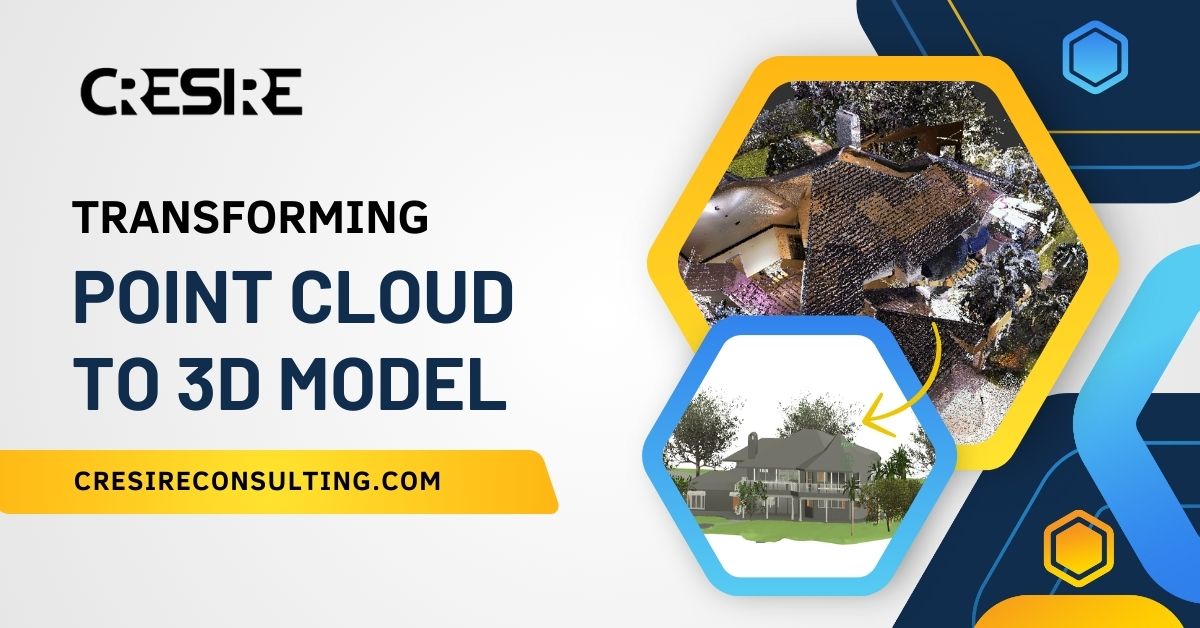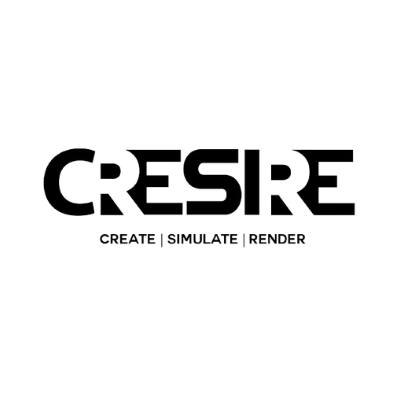Transforming Point Cloud to 3D Model
Converting Point Cloud to 3D Model

Introduction to Point Clouds and 3D Model
In the realm of digital innovation, the transformation of physical environments into virtual representations holds immense significance.
Whether it's architectural design, urban planning, or industrial manufacturing, the ability to Convert Point Cloud to 3D Model is revolutionizing workflows and decision-making processes.
Point clouds are dense collections of data points in three-dimensional space, typically generated through techniques like LiDAR (Light Detection and Ranging) or photogrammetry. These data points, each representing a specific location in space, collectively form a detailed representation of an object or environment.
Challenges in Processing Point Clouds
The sheer volume of data contained within point clouds presents a significant computational challenge.
Additionally, data gaps may exist due to occlusions or limitations in the data acquisition process, further complicating the transformation process.
3D modeling involves the creation of digital representations of objects or environments in three-dimensional space. These models are used across various industries for visualization, analysis, and simulation purposes.
Techniques for Transforming Point Cloud to 3D Model
Point cloud registration aligns multiple point clouds into a unified coordinate system, ensuring coherence and accuracy in the resulting model.
More: Convert Point Cloud to 3D Model Revit
Software Tools for Point Cloud Processing
Popular options include Autodesk ReCap, Bentley Pointools, and CloudCompare, each offering a unique set of functionalities tailored to different user needs.
To ensure the quality and accuracy of 3D models derived from point clouds, it's essential to follow best practices in data pre-processing and algorithm selection.
Applications of 3D Models Generated from Point Clouds
The applications of 3D models generated from point clouds are vast and diverse. In architecture and construction, these models facilitate design visualization, clash detection, and construction planning.
Future Trends in Point Cloud Processing and 3D Modeling
Future trends include improvements in data acquisition techniques, such as enhanced LiDAR sensors and aerial imaging drones, as well as developments in algorithms for point cloud registration, feature extraction, and semantic segmentation.
The adoption of 3D models derived from point clouds offers numerous benefits, including increased efficiency, enhanced decision-making, and cost savings.
Conclusion
By overcoming the challenges inherent in point cloud data and leveraging advanced modeling techniques, organizations across industries can unlock new insights, streamline workflows, and drive greater value from their spatial data assets.
Also Read, How to Maximize ROI with Point Cloud to BIM
Source: https://www.cresireconsulting.com/services/point-cloud-scan-to-bim-modeling-services/












